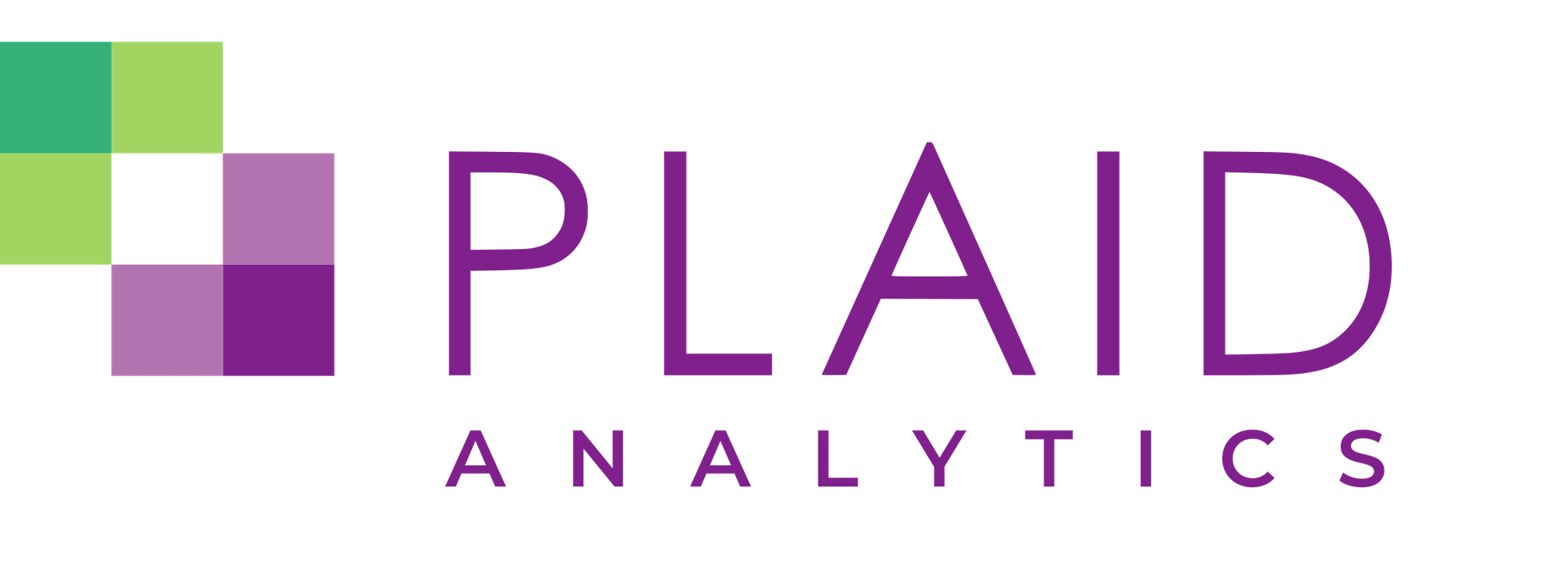Scenarios vs. Predictions

Aren’t these the same thing?
Not always.
Most organizations default to predictions: a single-point estimate or, at best, a high/medium/low forecast.
In my tuition modelling days, it was easy to create a precise prediction. I had the data to display right down to the nearest cent. If I didn’t override these defaults, my charts could show that the university would expect to receive $365,149,244.25 in tuition revenue.
Precision is not the same as accuracy.
What I found, though, is that the more precision I displayed, the more people believed the forecasts were accurate predictors of the future. But precision is not the same as accuracy. When projecting five years into the future, I was far better served by providing a range that conveyed my confidence. Saying “$346m–383m” turned out to be much more useful than a hyper-specific number.
This is part of the reason why Plaid Forecast includes 90% and 95% confidence intervals out of the box. With just a few clicks, planners can see not only the projection, but also how confident the model is in that number.
Why scenarios matter
The power of scenarios is that they’re not just numbers. They are stories of how the future could unfold, each anchored in different drivers.
For enrolment planning, think about these possibilities:
- Policy shock: Governments decide to curtail international student visas. How would this affect tuition revenue, residence halls, staffing levels, and program sustainability?
- Demographic crunch: Domestic high school graduates decline faster than expected. What changes are needed in your recruitment strategy?
- Technology shift: Moving more courses online reduces demand for student housing. What are the ripple effects on parking, classroom utilization, or food services?
- Stability: No major shocks occur; steady baseline trends continue. What risks come from assuming stability — overconfidence, complacency, or missed opportunities?
- Financial pressure: Governments reduce base funding while institutional costs continue to rise. How do you adapt when expenses are less flexible than revenues?
- Reputation event: A media controversy or shift in rankings alters student demand. What backup strategies are in place if brand perception changes suddenly?
Each of these scenarios produces very different planning implications, even if it’s difficult to assign exact probabilities to them.
Predictions vs. scenarios
Scenarios are harder because they require engaging with uncertainty. Predictions feel easier — they answer “how much?”.
But scenarios tackle the harder, and arguably more strategic, question: “what if?”
That shift — from “what will the number be? to “what conditions could create different futures, and how do we prepare for each?” is the heart of strategic planning.
Practical takeaways for planners
- Integrate scenarios into regular cycles. Tie them not only to enrolment forecasts, but also to budget, staffing, and capital planning.
- Communicate uncertainty visually. Tools like Plaid Forecast make it easy to show confidence intervals, which invite “what if” discussions rather than false certainty.
- Don’t overbuild. A handful of well-designed scenarios is far more useful than dozens of repetitive ones. Diversity of thought among stakeholders matters more than sheer quantity.
- Link to strategy. Scenarios should feed directly into contingency planning: housing expansion, new program launches, recruitment focus, or external partnerships.
Why this matters now
In 2025, higher education is navigating one of its most uncertain decades in memory. International enrolment caps, shifting demographics, rising costs, and rapid changes in student preferences are converging in ways that make single-number predictions increasingly fragile.
Scenarios open up conversations about resilience, trade-offs, and strategic agility.
Relying only on predictions risks locking institutions into a false sense of security. Scenarios, on the other hand, open up conversations about resilience, trade-offs, and strategic agility. They allow institutions to prepare for multiple plausible futures, not just hope that the “middle number” will hold true.
At Plaid Analytics, we’ve seen how scenario thinking can transform enrolment and budget conversations. Instead of debating whether a forecast is “right,” leaders start discussing how they’ll respond under different conditions.
If your institution is ready to move beyond single-number forecasts and start building resilience through scenario planning, let’s talk. We’d be glad to show how Plaid Forecast can help you navigate the uncertainty ahead.
